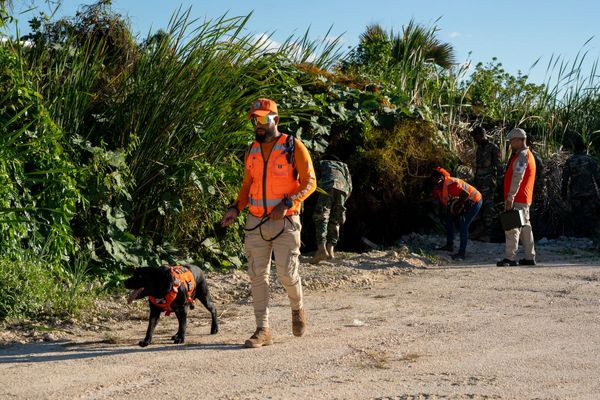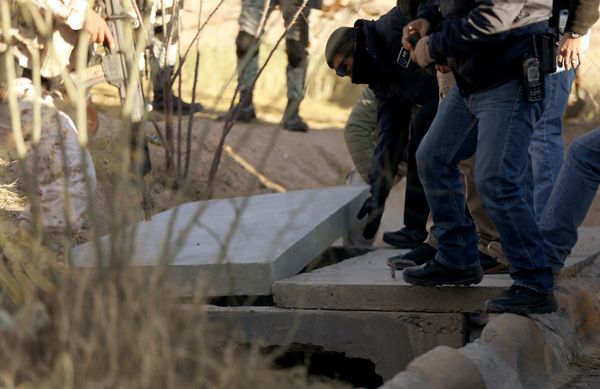
Demand for banknotes is rising as more Australians keep cash on hand for “precautionary” reasons rather than in the bank.
This is one of the key trends identified by the Reserve Bank of Australia in its 2021/22 annual report published late last week.
Fewer banknotes were sent back to the RBA in the year, marking the lowest value of returns in five years and leaving around two billion banknotes in circulation.
At the same time, the value of banknotes in circulation rose by 7.2 per cent to $102.3 billion over the year to June 30.
Of the five denominations in circulation, the values of the $50 and $100 notes both grew by 7.4 per cent – and were well ahead of those for the $20, $10 and $5 notes.
“The growth in banknote demand was mostly driven by the higher denominations, highlighting a desire to hold cash for precautionary or store-of-wealth purposes,” the RBA said.
“Cash is increasingly being used for such purposes rather than for transactions.”
Conversely, the role of cash usage in the community has changed since the coronavirus pandemic when, due to health concerns, almost every physical transaction was made by tapping debit or credit cards.
“It is expected that the pandemic will have had a lasting effect on cash usage,” the RBA said.
Cash distribution under pressure
A survey of households conducted in late 2021 by the RBA found around one-quarter of respondents had permanently lowered their preference for cash use as a result of the pandemic.
However, the declining use of cash for payments has placed pressure on the cash distribution system, which includes bank branches and ATMs, the RBA noted.
A review is under way to address this, particularly given many communities in regional and remote parts of Australia still favour cash for transactions.
During the floods in NSW and Queensland earlier this year thousands of circulating banknotes were damaged or contaminated and were returned to the RBA to be destroyed.
The RBA received 100 claims worth $9.2 million, almost half of which are still being processed.
Since 2016, the RBA has been pumping out ‘next generation’ banknotes with more sophisticated, embedded security features, brighter colours and new designs.
Counterfeit rates low
In 2021/22, counterfeit rates were very low at a rate of six detections per million notes in circulation, equating to more than 12,000 notes worth more than $900,000.
“The low counterfeiting rate likely reflects a combination of the COVID-19-induced lockdowns, effective law enforcement activities and increased saturation of the [next generation] series of banknotes,” the RBA said.
Of those, the $100 note remains the most popular denomination for criminals to try to replicate.
But the counterfeiters are still focused on reproducing the previous polymer note series, with just 81 copies of next generation notes detected since 2016.
“This demonstrates that one of the key aims of the [next generation] program has been achieved, which was to improve the security of Australia’s banknotes,” the RBA said.







